
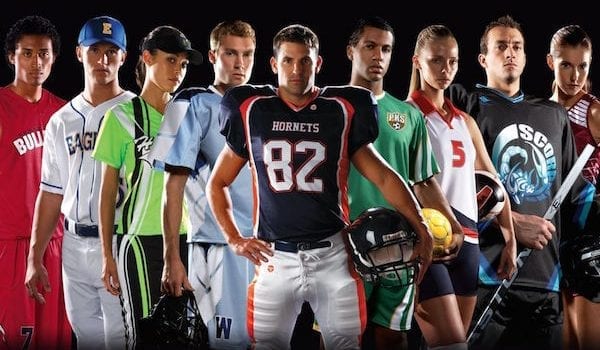
The Detriment to Early Sport Specialization
LEVELUP INSIDERS January 7, 2019 Tim Rudd 0

Is it Wise to Specialize?
In the last Issue I spoke about the importance of the long-term development of young athletes and how the microwave mentality (with the support of overwhelming research) clearly shows the detriment to early sport specialization among our youth.
Today I will continue this conversation by sharing the IYCA guidelines and practical tips that you can apply, starting with 8-11 years old.
These are not set in stone (developmental age is more important), but they give you a framework.
All Kids Are Athletes
Under 8 years old: For athletes under about 8 (every kid is an athlete at that age), parents should expose them to as many different activities as possible.
This is a critical time to “lay down the circuit board” for an athlete and develop a large movement repertoire.
Practice is what we call “Fundamental Motor Skills” like hopping, skipping, throwing, catching, climbing, tumbling, balancing, etc. Make up fun games or obstacle courses and get kids to learn what their bodies can do.
8-11 years old: For kids 8-11 (who have decent motor development), it’s time to expand their “physical literacy.”
Physical literacy is the new term for “all-around athleticism,” and it’s basically about enhancing those fundamental motor skills by adding speed and complexity while sport-specific skills start to take shape.
At this age, athletes should still participate in multiple sports/activities, and overall athleticism should be the focus.
Teach athletes how to run, jump, catch, kick, throw, etc. with more power and accuracy, and begin to develop strength and speed by teaching mechanics and body weight exercises.
Exercises like push-ups, pull-ups, lunges and jumping should gradually be incorporated into a routine, but not so much that the athlete dreads them.
Two to three days a week of 20-60 minutes are more than enough to supplement what is probably not being addressed in gym class or sports practices.
Showing Sport Specific Interest
Have athletes practice sports skills they show interest in, but encourage work in multiple sports throughout the year.
Allow kids to concentrate on a sport while they’re in-season but move on to a different sport to keep things fresh.
Ignite an Inner Desire
Allowing kids to play on teams with their friends and coaches they like is very important at this age because it makes sports more fun.
Igniting an inner desire to play and improve is important at this age, and fun is an ingredient you can’t use too much of.
The most important goal at this age is to make each season or experience enjoyable enough that they want to come back for more. Try not to get sucked into too much seriousness yet – there’s plenty of time for that later.
[bsa_pro_ad_space id=6]

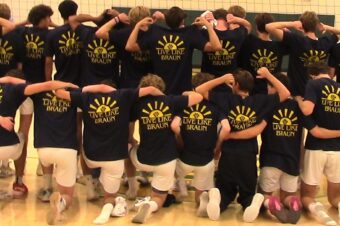
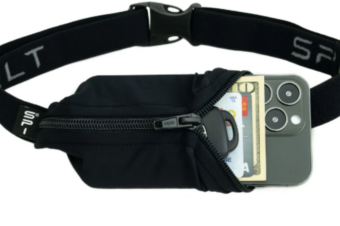
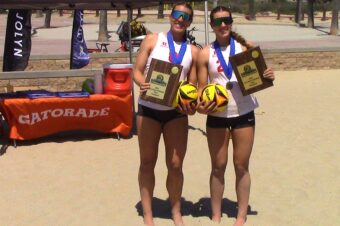
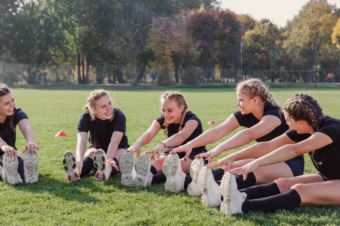
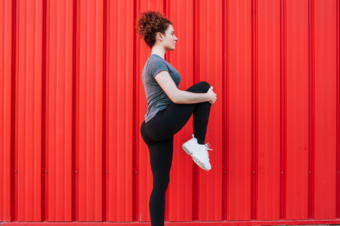
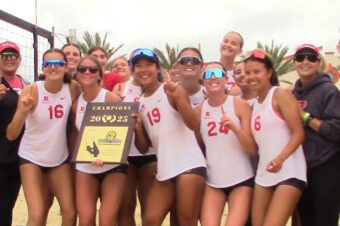
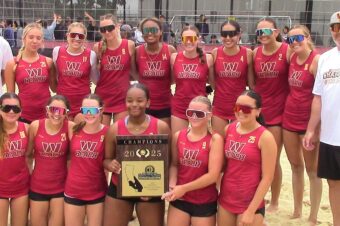
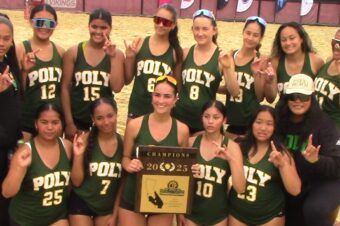

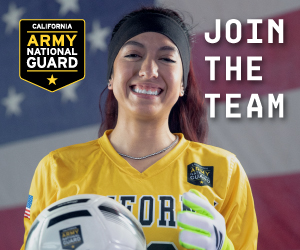

No comments so far.
Be first to leave comment below.